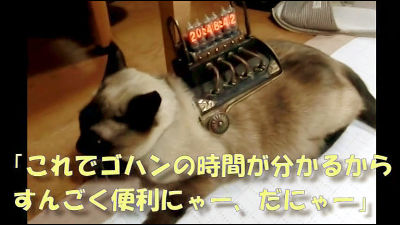YouTuber takes on ambitious project to power entire house with 500 disposable e-cigarettes

Disposable e-cigarettes are usually thrown away after a certain number of puffs, but the lithium-ion batteries they contain can be reused if recharged. Chris Doel, an electrical engineering YouTuber, took on the challenge of reusing 500 discarded e-cigarette batteries to power an entire house.
A lot of disposable e-cigarette trash.
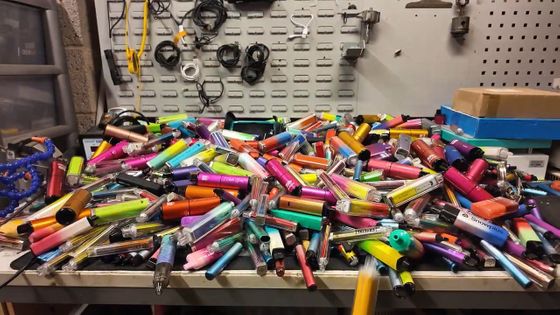
Doel decided to take on the challenge of using the batteries in these disposable cigarettes to power an entire house.

Doel warns viewers not to try this project as it is extremely dangerous.
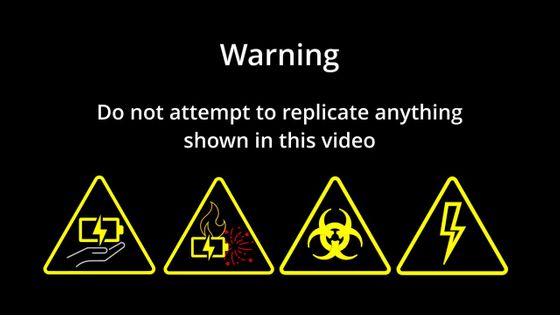
This is the lithium-ion battery used in disposable e-cigarettes. It is essentially the same as the one used in smartphones and laptops, and can be reused after charging. However, disposable e-cigarettes are simply thrown away after a certain number of puffs.
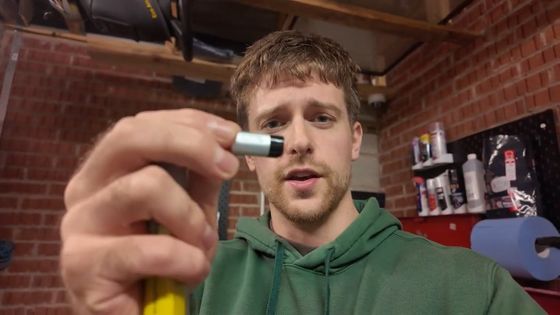
At its peak, the UK was throwing away as many as one million disposable e-cigarettes per day. In recent years, criticism of the waste of resources has grown, and some countries and regions have begun to regulate disposable e-cigarettes.

Doel has previously worked on projects using disposable e-cigarette batteries to create rechargeable power banks and electric bicycle batteries, but to power an entire home, he needed to create a more powerful battery pack.

Doel is building a large battery pack with a capacity of about 2500
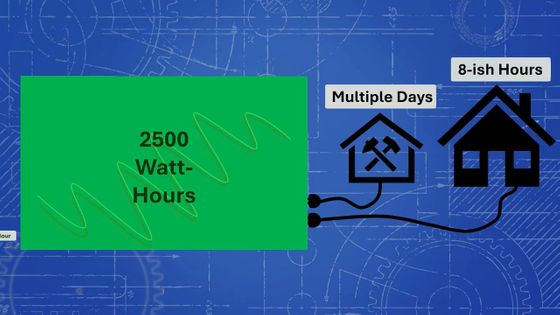
The average battery capacity of a small disposable e-cigarette is 1.8Wh, so if you only use small disposable e-cigarettes, you will need about 1,400 of them.
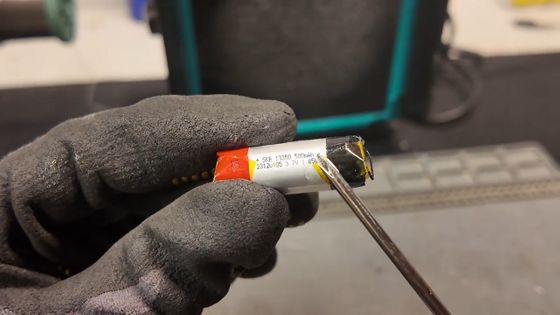
However, for larger disposable e-cigarettes, the average battery capacity is 5Wh, so around 500 units would be sufficient.
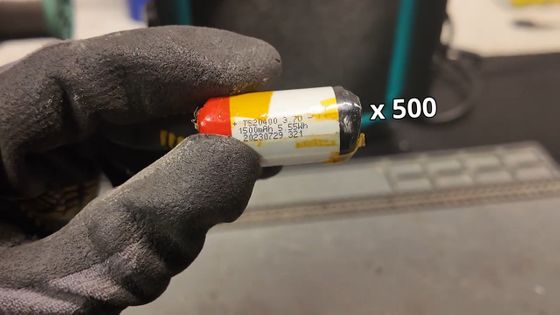
Removing the battery from a disposable e-cigarette is easy: first, grip the bottom in a vice and peel it off, then pull out the contents.
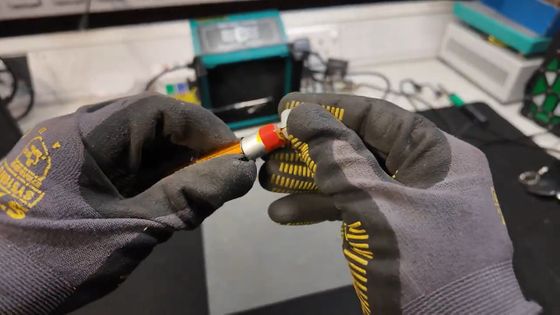
All you have to do is cut the wires off the battery or remove the soldering. Repeating this process at least a few hundred times is a tedious process, however. Doel received the discarded e-cigarette from a shop that accepts disposable e-cigarettes.

Here, Doel faced a problem: 'About half of disposable e-cigarettes have batteries that are so depleted they can't be used in battery packs.'
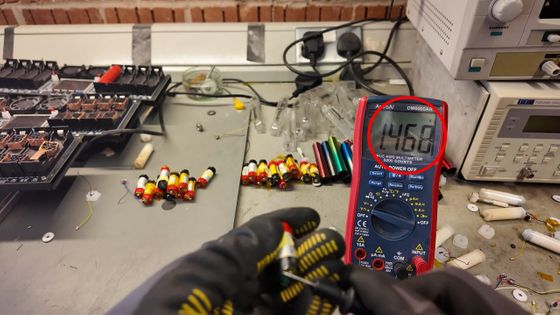
Most people continue to smoke their batteries until they are empty before throwing them away, but the internal circuitry continues to slowly drain the battery. As a result, batteries are often worn out to the point of being unusable, especially in e-cigarettes that were discarded more than a year ago. Since about half of all batteries have problems, removing the batteries from every disposable e-cigarette and testing their status every time would be a huge waste of time.
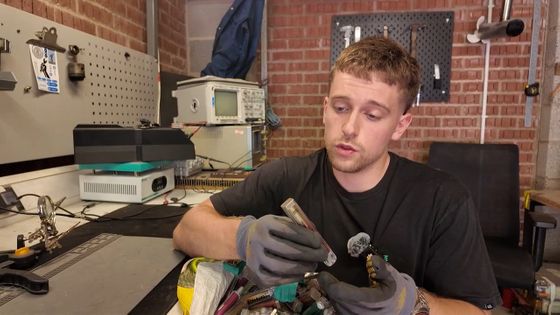
After some thought, Doel discovered that if the battery was still functioning at a minimum, the indicator would flash even if the battery was dead when air was pumped into the disposable e-cigarette. This allowed him to determine whether the battery was still functional before prying it open.

Using a pump with the same air pressure as a human lung, Doel distinguished between disposable e-cigarettes. He found that the larger the e-cigarette, the better its battery life remained over time.
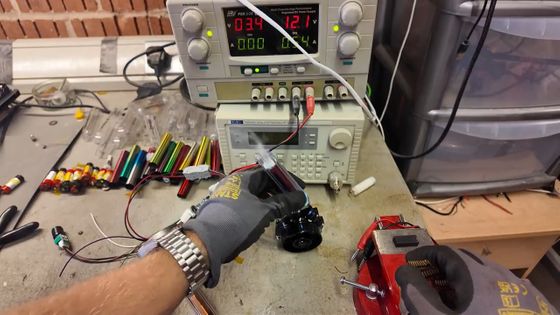
Once the usable batteries are removed, the actual battery capacity is measured. Since these batteries will eventually be connected in parallel, it is important to have batteries that can be charged at the same voltage level.
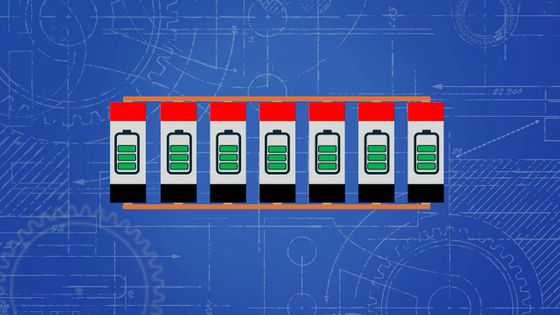
This is the cell tester used for measurement, but disposable e-cigarette batteries are small and come in different sizes.
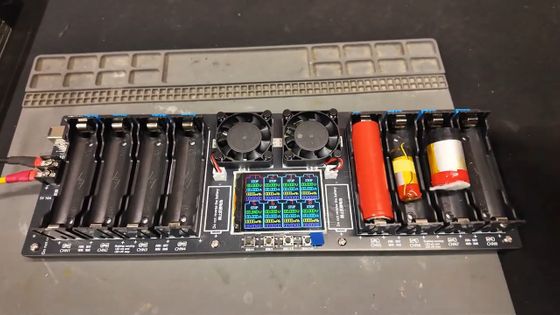
So Doel created a conductive cushion by wrapping a 3D printed soft spring in copper tape.
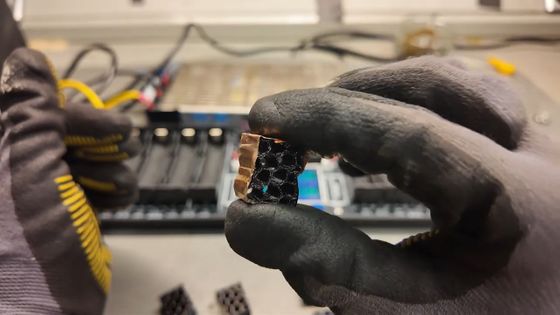
By packing this into a cell, it is now possible to fit small, disposable e-cigarette batteries of various sizes.
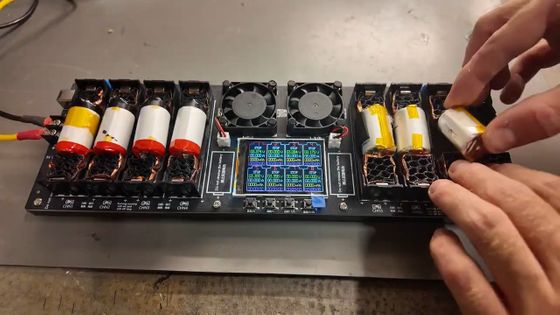
Doel then sorted the batteries by capacity. It took about two months from the start of filming to complete the sorting process.
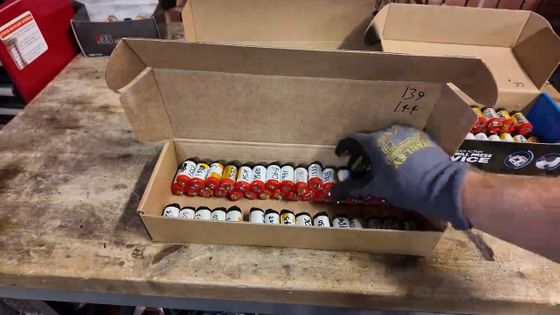
Doel commissioned a fabrication company called
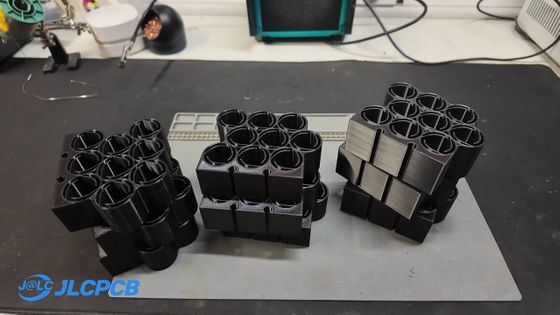
Create a module with nine batteries connected in parallel, and then group these modules in parallel.
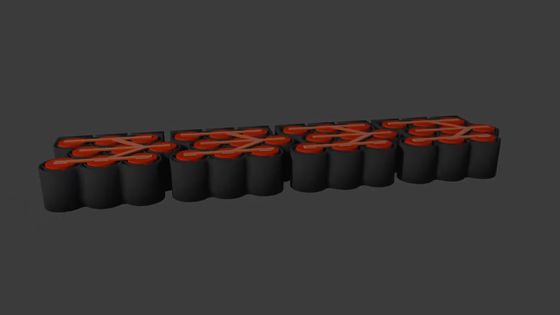
The plan is to connect the large-capacity battery packs created in this way in series, then fold them back halfway through to reach a total voltage of approximately 50V.

Doel enlisted the help of his friend Max to build the battery pack.

Each battery is connected with a copper bar and has a fuse soldered in to prevent short circuits.
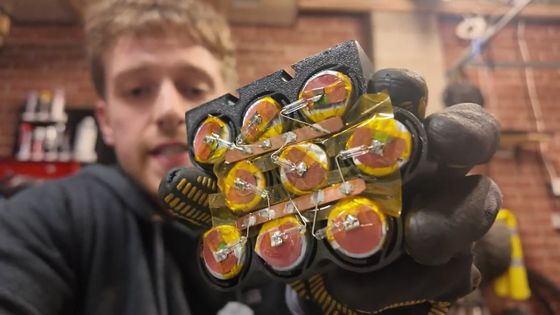
Approximately 50 battery modules were constructed.
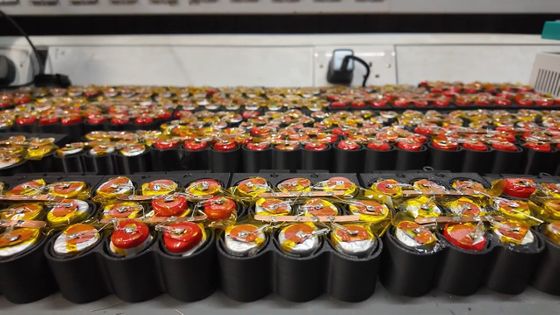
To connect the battery modules in parallel, a 3D printed holder is connected to an aluminum rod to keep them in place.
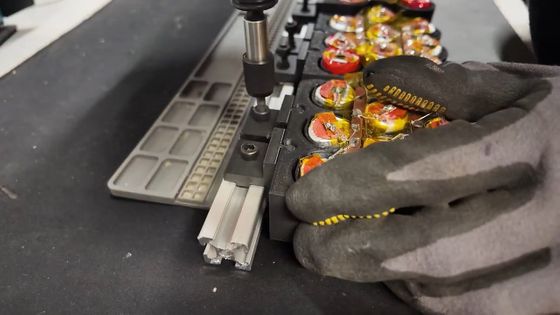
We again make connections using copper bars and solder the fuses.

This resulted in about 14 battery packs.
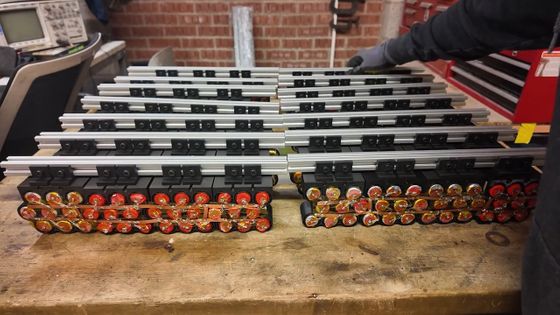
To connect the battery packs in series, a wire with a clip was added to both the positive and negative terminals of each battery pack, and the clips were then connected together.
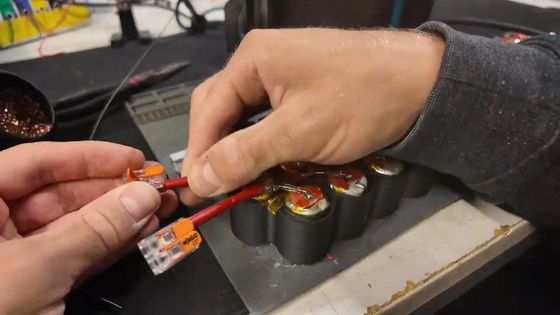
Apply insulating tape to the top and bottom of the cell.
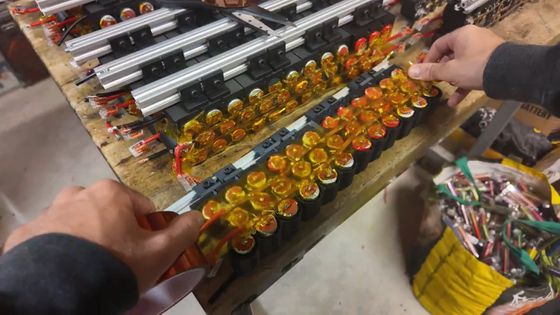
The battery pack is fixed to an aluminum frame.

Connect the battery packs in series with the clips.
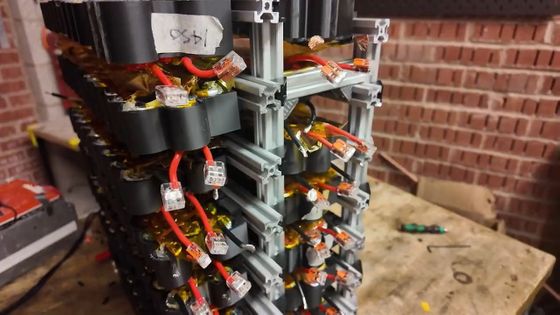
When I connected the battery pack halves together, I measured the voltage and found that each half had a voltage of about 25V.
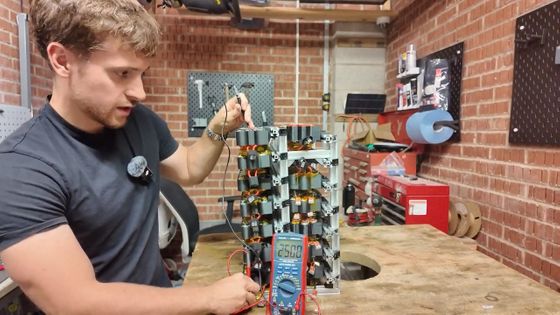
These two modules are then connected directly together, with Doel adding a fuse to protect against short circuits.

It also comes equipped with

Finally, we added a huge 200 amp connector.

The voltage of the completed battery pack was recorded as expected at approximately 50V.
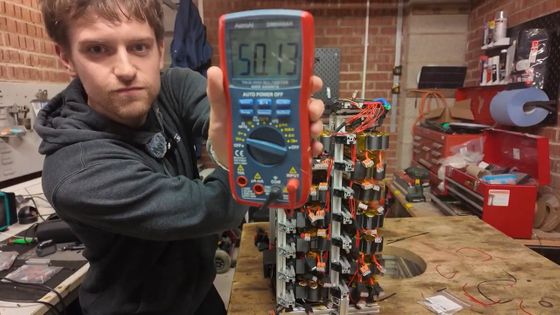
First, we will use a battery pack to power our workshop, and install an inverter to convert the voltage to achieve a voltage output of approximately 240V.
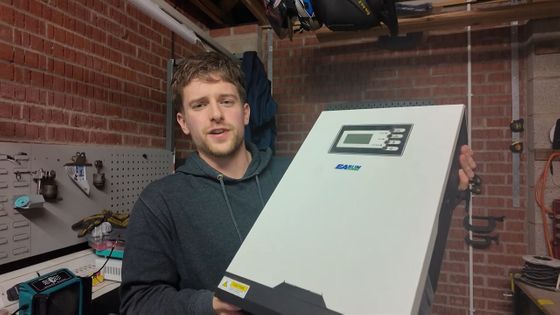
Doel's home draws power from the grid and supplies it to his workshop, which allows him to disconnect the workshop from the home and power it with a battery pack and inverter.

In theory, the house could be disconnected from the power grid and powered by the inverter to power the home as well as the workshop.
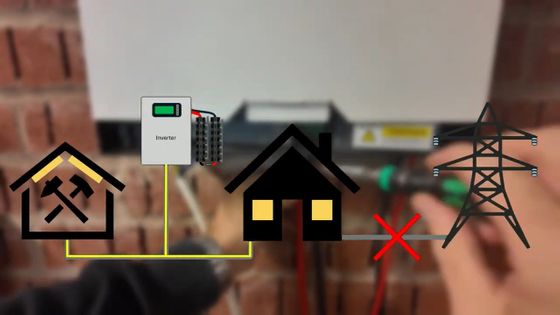
The inverter is now installed and connected.
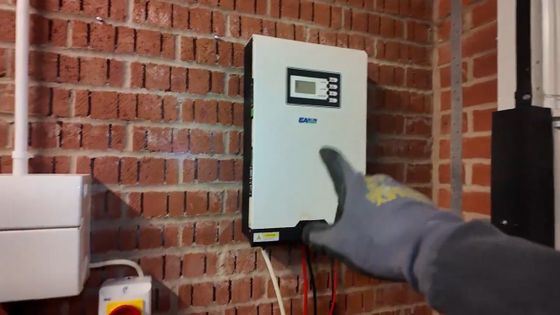
First, turn off the power connections to your home and workshop and turn on the inverter circuit.

Checking the inverter panel in the darkened workshop, we could see that approximately 50V of power was being input and the output was 229V.
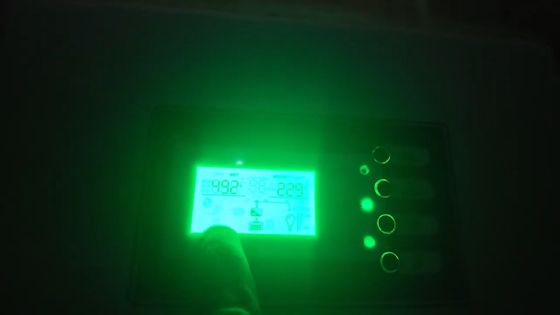
In this state, turn on the power supply from the inverter.
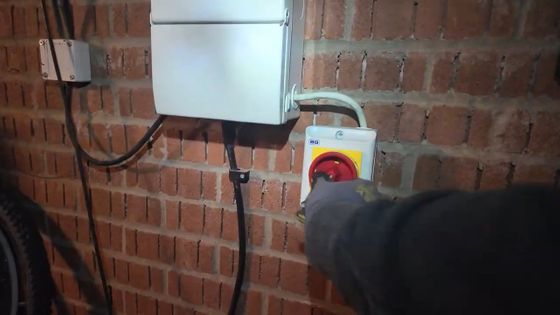
Then the lights in the workshop came on.
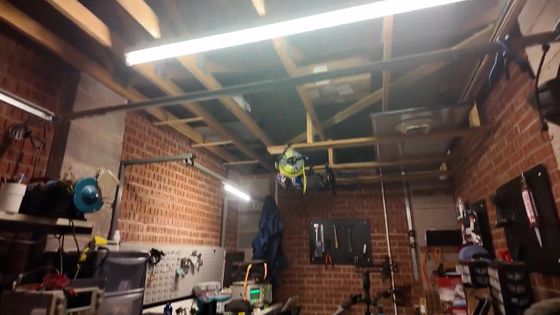
Currently, all electricity in the workshop is provided by a battery pack made from 500 disposable e-cigarette batteries.
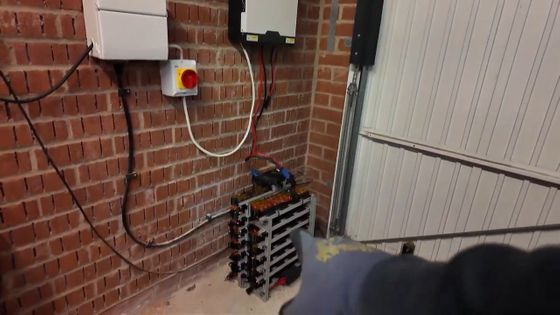
The oscilloscope and ventilation fan are also working fine.
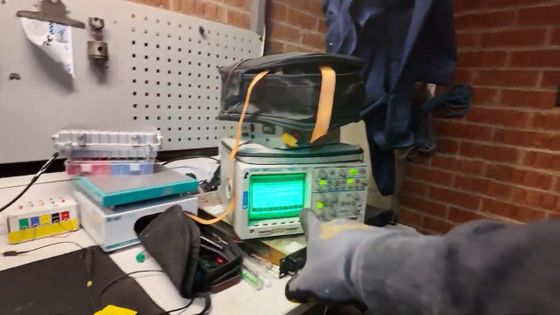
Next, Doel decided to try an experiment where he disconnected his house from the power grid and powered it with an inverter.
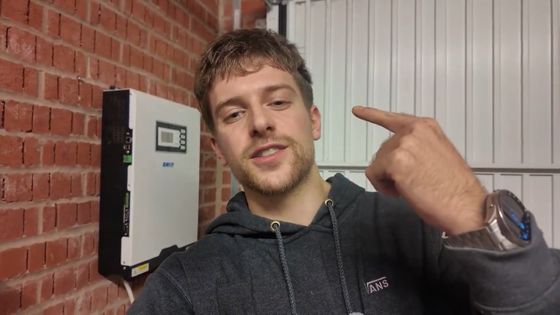
Turn off the main power switch in your house.
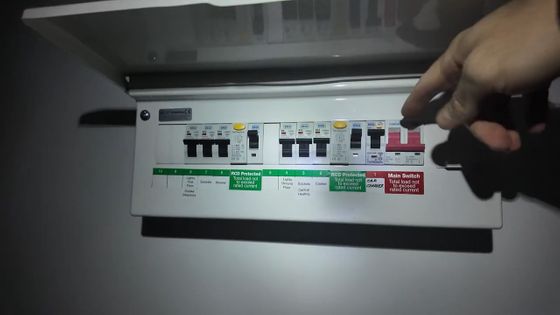
Return to the workshop and turn on the power to the house.
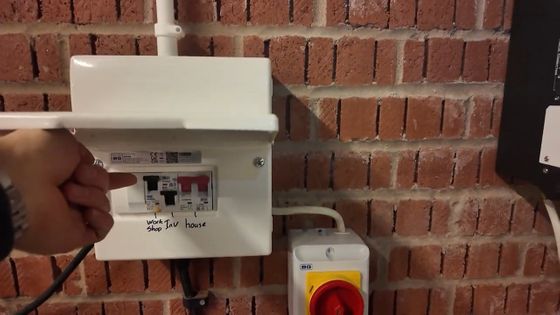
When I got home, the microwave and lights were working again.

It was possible to boil water and turn on the ventilation fan.

'Let me answer the question: 'Can you power an entire house using only millions of discarded disposable e-cigarette batteries?' Yes, of course you can,' Doel said.
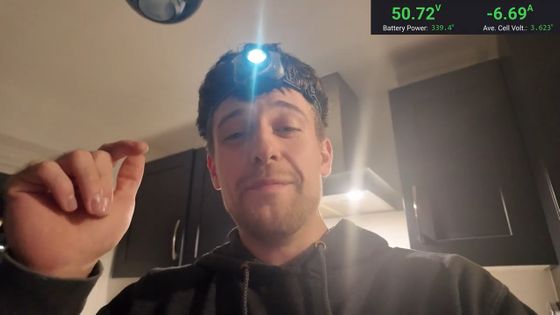
Doel also highlighted that using a battery pack made from a disposable e-cigarette would even make it possible to edit videos.
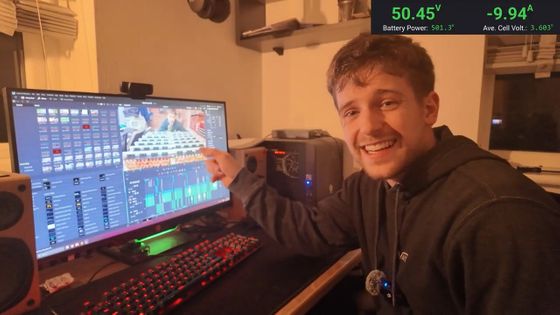
Related Posts:


